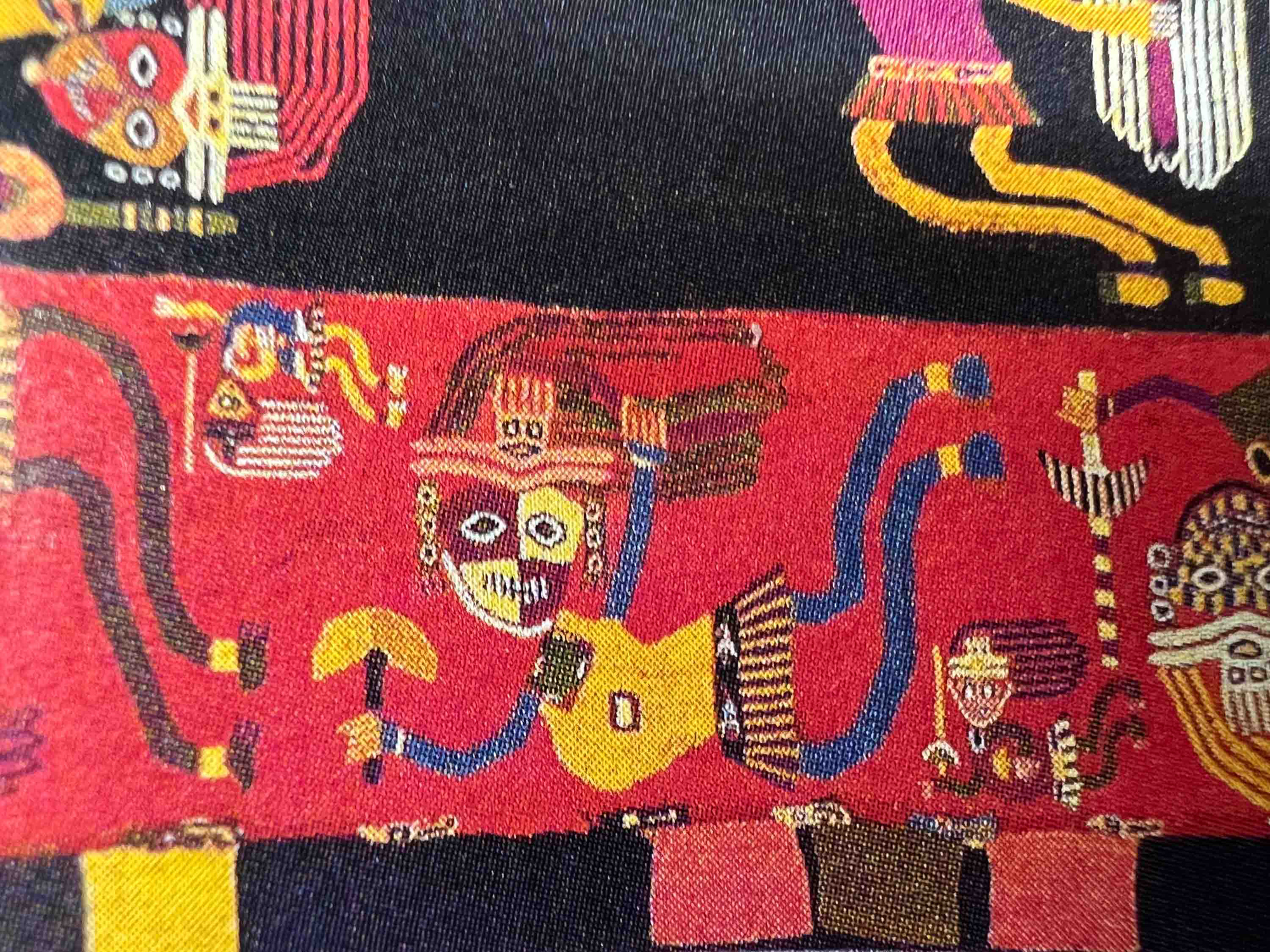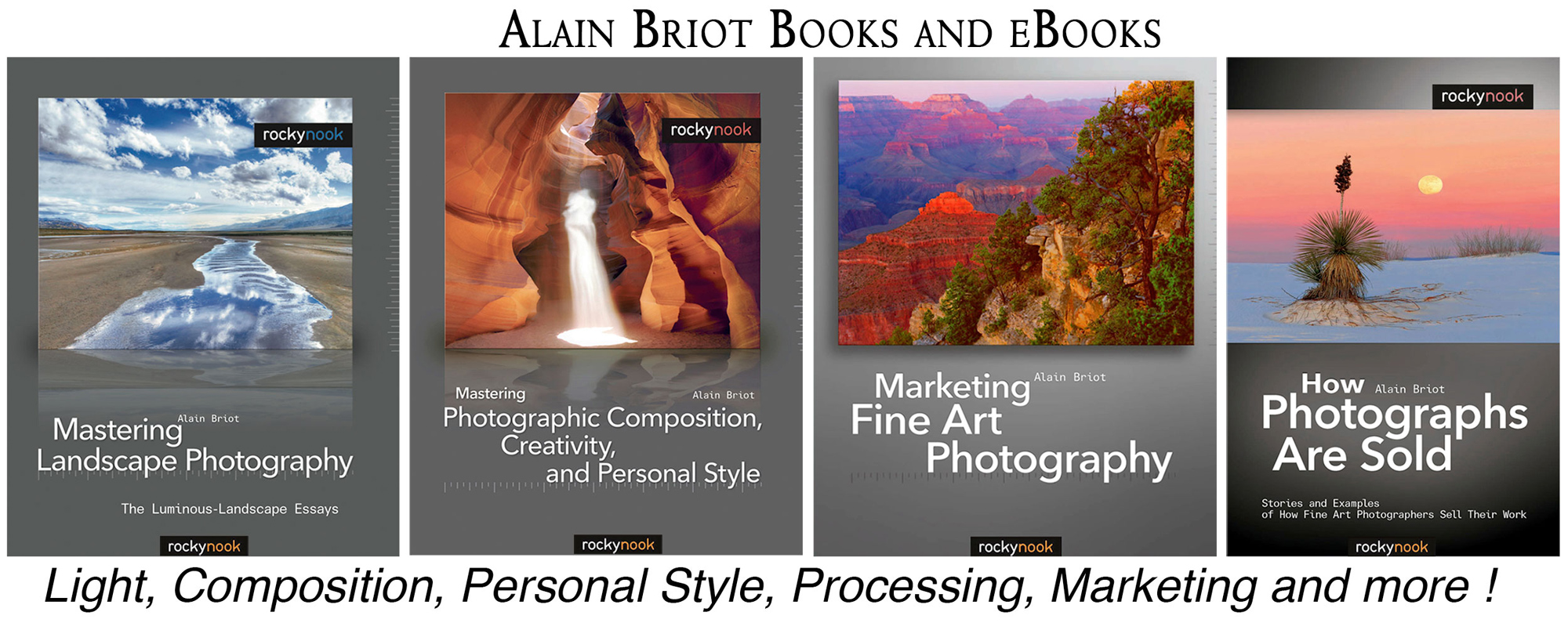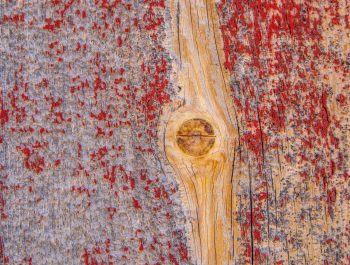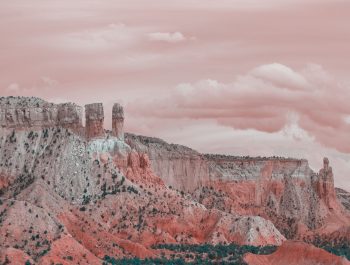The Language Of Art – Part 1
Introduction
A large number of photographers and art aficionados believe that art can mean anything the viewer wants. They believe that art can be interpreted in a multitude of ways and that deciding what a specific work of art means is entirely up to the viewer.
This belief is countered by those who believe that it is impossible not to understand the purpose of the artist. Those who hold this belief often use as an example the work of Michelangelo, such as his paintings of the Sistine chapel ceiling or his sculpture of the Pieta. They state that it is impossible not to understand that Michelangelo’s work is a visual representation of Biblical events. That the Pieta is Mary looking at Christ crucified, and the Sistine chapel paintings represent Biblical scenes.
Indeed, if someone grew up in a Christian society, it is difficult not to understand Michelangelo’s work as being representations of Christianity. But what if one grew up in a non-Christian society? What if one did not know anything about Christianity? In that instance, it is possible to interpret the Pieta in a completely different way. For example, that Christ was hurt for unknown reasons since crucifixion would not be part of a non-Christian upbringing. Or that Christ hurt himself in some way. Or again, that he was punished because he was a bad man.
Similarly, the paintings of the Sistine chapel can be interpreted as human events that are either unintelligible, bizarre or simply meaningless to someone ignorant of Christianity. This lack of understanding is commonplace. I am ‘guilty’ of it myself. Not long ago, I was so enamored of the beauty of Peruvian Inca weavings depicting what I believed to be flying gods that I displayed some in my office. My appreciation of this Inca artwork was purely aesthetic. I was unaware of what the Inca meant to represent with these images. My curiosity was piqued, I researched their meaning and found out that these were funeral cloths used to wrap the body of dead Incas. This discovery made me change my mind about my artistic perception of this artwork. Now aware that these belonged to dead bodies, I took down the images and hid them in a closet. The Inca artwork had not changed one bit. It was the same after I found its meaning than it had been for thousands of years. The only thing that changed was my understanding of their art. This understanding went from appreciating the aesthetic beauty of their weavings to being afraid of the implication displaying funeral items might carry.

Freedom Of Interpretation
The opinion that art can mean anything the viewer decides is correct, but only if the viewer ignores the artist’s intent. This ignorance is almost always unintentional, being the result of a lack of knowledge of the artist’s intent. However, it can also be intentional. For example, I am free to decide that my fear of Inca funeral linens is the outcome of superstition rather than fact. Since I am not superstitious,, displaying them in my office cannot have a negative effect on my life. Even though I now understand the purpose for which the artist created them, I truly enjoy their aesthetic qualities and want to display them on my walls.
Certainly, as we just saw, art can mean anything we want. However, this freedom of interpretation only exists if one ignores the artist’s intent, either intentionally or unintentionally. This intent, this artistic meaning, this purpose that the artist has, is invisible to us. If we know of it, it is because of our previous knowledge of the artist’s work. This knowledge may have been acquired through research, as I did with Inca funeral linens, or it may have been acquired through culture. For example, even though I never studied the Bible, went to a religious school, or did religious studies, I know enough about Christianity to understand the work of Michelangelo the way he intended it to be understood. I do not misunderstand Christ as being a bad man punished for his actions, and I do not see the paintings on the ceiling of the Sistine chapel as being strange events involving flying personages.

Deciphering The Referent
Art needs to be deciphered. Understanding a work of art is not only, or at all, a matter of aesthetic taste. Understanding a work of art is not the same as buying a work of art. Buying means making decisions about price, ownership, and desirability. Understanding means deciphering the referent, i.e., the point of reference of the artist. It involves discovering this referent, understanding it, and accepting it as being the point of origin to which the artist refers to, the source of the work of art. It means accepting this referent as the spark that generates the light we need to bring clarity to the work of art. It means helping us understand the true purpose and meaning of this work.
Secular And Religious
In that approach understanding secular art is no different from understanding religious art. Both need to be deciphered. Both need to be understood from the perspective of the artist’s intent. What is misleading is that we often know the meaning of religious art intuitively: our cultural background provides us with this meaning. We do not need to research it. We already know.
This creates a problem when we encounter work for which we have no cultural awareness. Work for which we cannot bring cultural baggage to help us understand the artist’s intent. In such instances, we assume that if we know nothing about it, then the work has either no meaning whatsoever or it can be interpreted any way we like. However, this is inaccurate. Whether religious or secular, understanding a work of art hinges on the same principle: knowing the artist’s intent. It also hinges on the acceptance that when we encounter art that we are not familiar with, we need to find what is the artist’s referent in order to understand what the artist means to say through their work. It is only after doing so that we can decide to accept or refuse the artist’s intent.

Conclusion
The meaning of art is defined by the referent used, defined, or selected by the artist. Depending on the artist, this referent can be the period during which they lived and worked, the art movement(s) they followed, their purpose, their vision, their medium, the historical period they lived in, their secular or religious beliefs, and more. All these factors can be used or combined to define their referent.
Knowing this referent means understanding the art as the artist meant it to be understood. Ignoring this referent means opening the door to whatever meaning we can concoct. This attitude often generates a judgment call rather than a reflection on the meaning of the art. Those who ignore the referent often base their appreciation, or lack of it, on the simplest terms: they like it, or they don’t. The artist’s intent is ignored and replaced with the assumption that the meaning is up to the viewer and that ‘anything goes’.
However, creating work that has limitless meanings is rarely the goal of the artist. In truth, artists want us to know their intent. They want their audience to know the referent they follow. They want us to know the referent of a specific work of art in order to understand what they want to say. Artists are no different than other people. They want to be understood. They want their art to be intelligible.
Unfortunately, the language they speak, in our case, a visual language, is not familiar to their audience. Often, in both secular and religious art, this language is unintelligible to the audience. It is a foreign language the audience never encountered before. For this reason, they cannot make sense of it. To understand what the artists says, they have to learn this language. They do not need to become fluent practitioners, but they have to be at least able to speak it in a rudimentary fashion.
Coming Next
This is part 1 of a multiple-parts series. At this time, I have three essays planned, but this number may go up. The next essay will expand on the concepts introduced here by delving deeper into the concept of art language and how it affects our understanding of art.
About Alain Briot
I create fine art photographs, teach workshops with Natalie and offer Mastery Tutorials on composition, image conversion, optimization, printing, business, and marketing. I am the author of Mastering Landscape Photography, Mastering Photographic Composition, Creativity and Personal Style, Marketing Fine Art Photography, and How Photographs are Sold. All four books are available in eBook format on our websitel. Free samplers are available.
You can find more information about our workshops, photographs, writings, and tutorials, as well as subscribe to our Free Monthly Newsletter on our website. You will receive 40 free eBooks when you subscribe.

Studying Fine Art Photography With Alain and Natalie Briot
If you enjoyed this essay, you will enjoy attending a workshop with us. I lead workshops with my wife Natalie to the most photogenic locations in the US Southwest. Our workshops focus on the artistic aspects of photography. While we do teach technique, we do so for the purpose of creating artistic photographs. Our goal is to help you create photographs that you will be proud of, and that will be unique to you. The locations we photograph include Navajoland, Antelope Canyon, Monument Valley, Zion, the Grand Canyon, and many others. Our workshops listing is available on our website.

Alain Briot
March 2023
Glendale, Arizona
Author of Mastering Landscape Photography,Mastering Composition, Creativity and Personal Style, Marketing Fine Art Photography, and How Photographs are Sold. http://www.beautiful-landscape.com [email protected]








